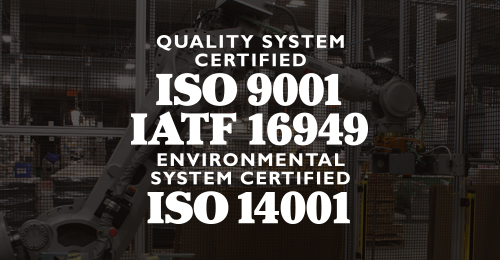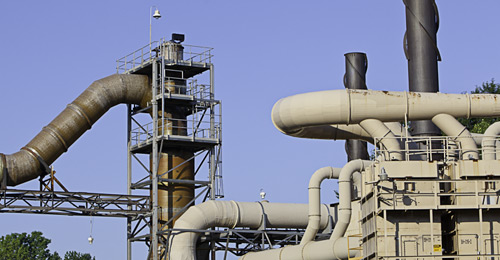When you look around the industry and take a deep look at the forklift power landscape, the big debate you will find is lead or lithium battery technologies. Electric powered trucks make up more than 60% of the overall truck market, so it’s an important topic. But what if the best technology solution just depended on the application. So, the question you may be asking is, what are the keys to finding the best power for your need?
Change and its Potential Benefits:
Material handling is an industry that has seen many major changes over centuries of existence. What needs to be observed though, is that what has been good for one situation might not be the right fit for another. It is important to know that both lead and lithium can provide efficient and cost saving results upon proper application. Always remember that each application is unique and be sure to weigh all your options before making a decision. A great way to determine the financial benefit of the power solution is a formal Return of Investment (R.O.I.) analysis. When using R.O.I. there are three factors that are best to consider.
- Charging & Battery Rooms –
These common rooms in conventional lead charging application are growing less and less common in the age of larger warehouses and facilities. These buildings look to maximize their floor space to create the most profitability. Removing the battery changing and charging room can be accomplished with lead technology through Fast or Opportunity charging or by using low maintenance design (no watering) options such as the Deka Dominator®. This can also be accomplished with lithium technology as well, using the Deka Ready Power®.
- Cost/Life/Maintenance –
It is important to know the number of batteries needed per truck as it will have an impact in your total cost. Nearly all lithium batteries have a higher acquisition cost than lead per battery. Along with battery cost, a customer must consider the cost of ongoing maintenance (watering, PM’s). Lead batteries offer technologies that need maintenance like watering, but also offer low maintenance designs as well. Lithium technology requires no watering. Lastly the life of the battery is always important when determining daily cost. There are two independent ways to measure battery life, either cycle-life or AH throughput. Regardless of the technology, product life is historically dependent upon the duty cycle of the product.
- Technology –
Both options offer valuable technology but have different stories. Lead technology has been around for over a century and is the well-known form of stored electrical energy in the world today. It is a proven product with a knowledgeable user base. Lithium on the other hand is a newer technology, and major advances in this technology have occurred in the past decades. Lithium-iron phosphate (LFP) technology is the perfect blend of power and safety for motive power applications.
THE POWER YOU NEED
Finding the best power solution is all about knowing the individual application and making the best decision. Both technologies offer benefits and challenges. Everyone likes to have options but knowing the right information is important in making the right decision. It is also critical to find a manufacturing partner that can offer you an unbiased look at the available motive power choices. Choose a manufacturer that offers both lead and lithium technologies, has the capability to provide service and support anywhere, and can match all of it to your specific fleet’s needs. Knowing these keys will unlock success of your operation for years to come.
Contact Us For More Information:
E-mail: motivepowersales@dekabatteries.com
Follow us on LinkedIn @ East Penn Manufacturing Co. Motive Power
Phone: 610.682.3260

